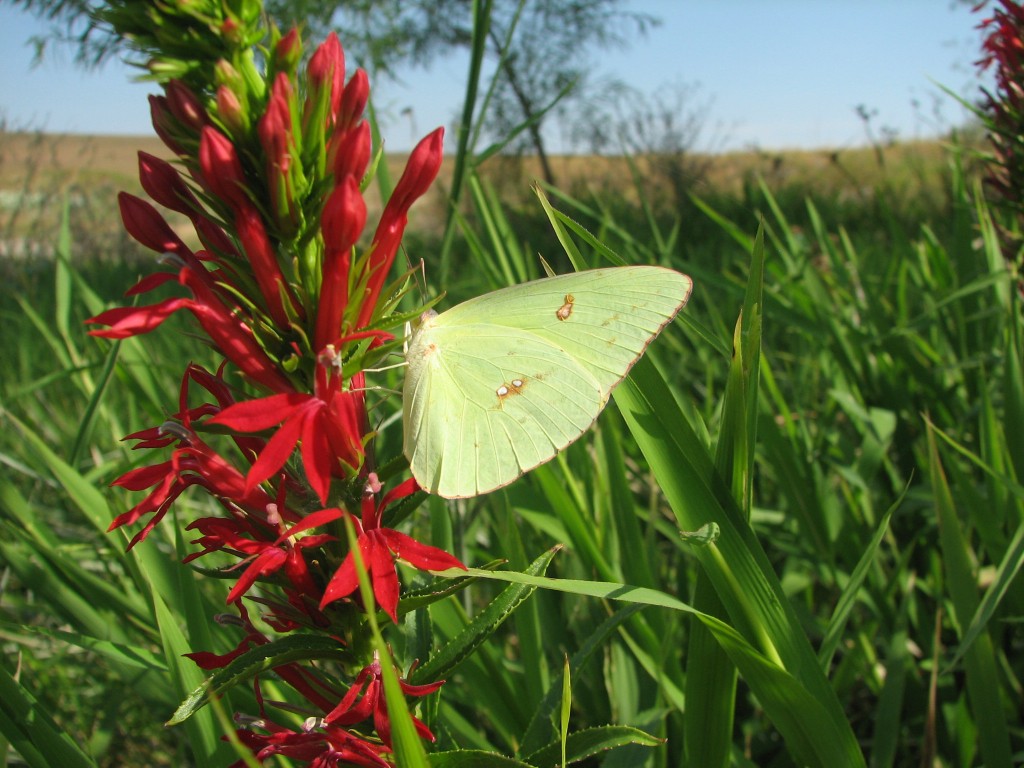Did you know that this week is National Pollinator Week (June 15 – June 21)? Whether it is with bees, butterflies, birds or beetles, pollinators are extremely important and provide valuable services.
Three-fourths of the world’s flowering plants depend on pollinators to reproduce. Think of all the food crop production that would not be possible without the help of pollinators. We rely on these small, seemingly insignificant pollinators for the food we eat. If they are so valuable, then they are certainly worth recognizing and saving.
Here are six ways you can help increase declining populations of pollinators, including bees and monarchs:
1. Plant Pollinator-Friendly Plants
Certainly, milkweeds are the best wildflowers for attracting monarchs to your yard. We saw it this morning as we walked the arboretum – we found three caterpillars munching on the milkweed leaves. Not only that, but every blooming wildflower was covered with a host of insects. The wildflowers are the buffet. (Peruse our native plant list and sample landscape designs for some inspiration.)
2. Plant for a Succession of Bloom
I recommend planting wildflowers that bloom at different times of the year. A mixture of wildflowers coming into bloom and going out of bloom throughout the year provides a ready food source. This approach mimics the natural prairie and the changing seasons.
3. Provide Habitat
Layer trees and shrubs along with wildflowers and grasses. These plants provide shelter from the wind along with nesting sites and food for birds, butterflies and bees. Even a small garden can have a tremendous impact.
4. Provide Water
We all need water for survival. Pollinators need it too. A clean source of water such as a birdbath, basin, or hollow stone is enough water for pollinators. These features also provide landing spots so that pollinators have a perch. Here are some great plants to complement your water feature.
5. Reduce Chemicals
There is growing research on the detrimental effects chemicals have on pollinators. Any time we can reduce or eliminate the use of chemicals in the landscape, we are impacting wildlife in a positive way. Allow insects to control unwanted pests. Be willing to accept a few damaged plants, knowing that by not spraying you are saving much more in the long run.
6. Learn About the Plight of Endangered Pollinators
There is so much to learn about each type of pollinator. What do they need? When are they out in the garden? What do they need to complete their lifecycle? Where do they migrate or how do they overwinter? We have so much to learn about these important insects. (One good resource for this is this book, by Heather Holm, which we often carry in our gift shop. And, of course, MonarchWatch.org is a great resource.)
When it comes to supporting the life cycle of pollinators, you can be part of the solution. Native wildflowers are the best option to help them prosper. You will be amazed when you introduce just a handful of wildflowers to your landscape. If you plant them, pollinators will come.




